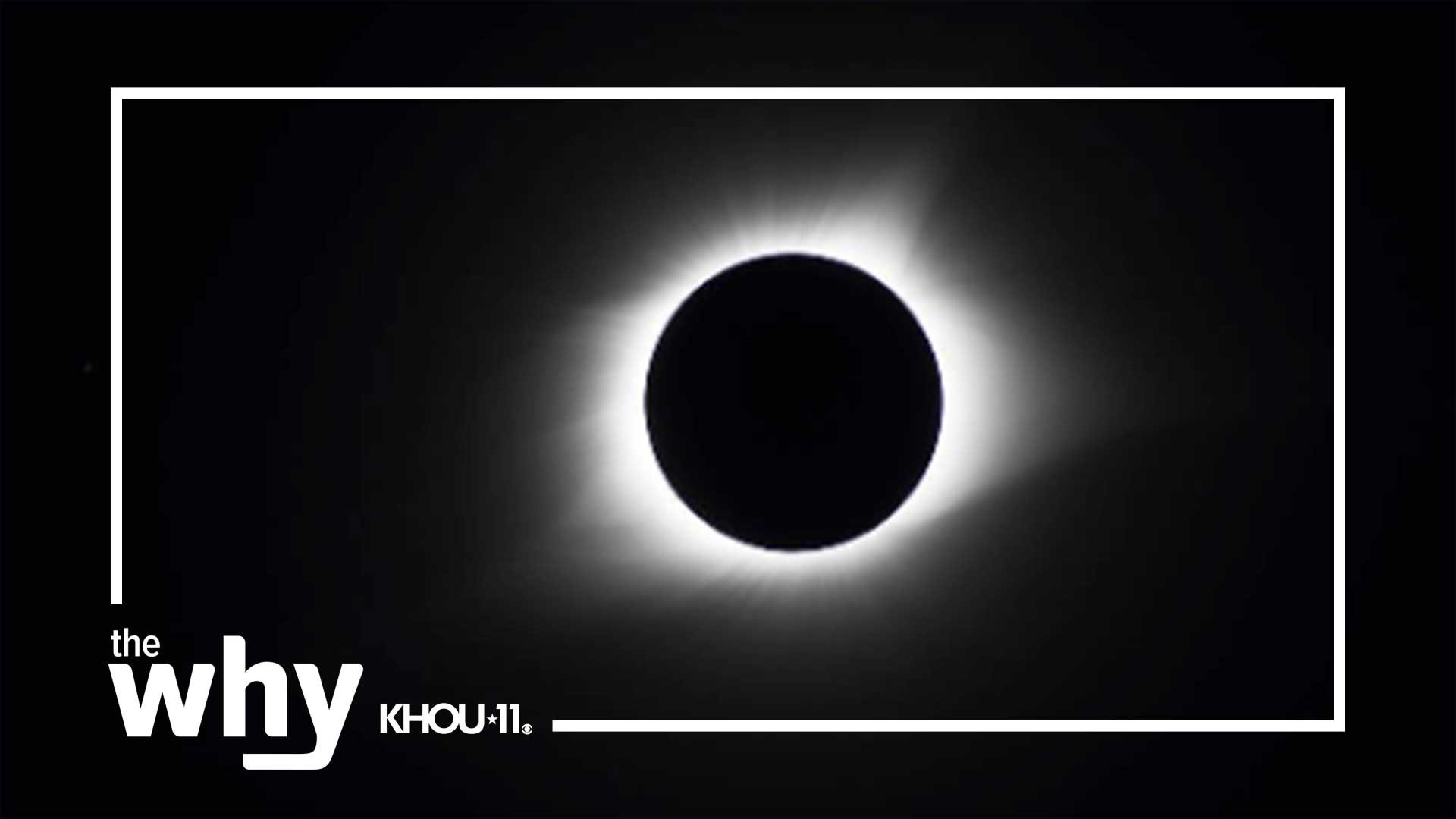HOUSTON — Texas will be prominently featured when the 2024 total eclipse moves through the state on Monday, April 8. NASA provided a complete guide to tracking it.
The eclipse will travel 480 miles through Texas in about 25 minutes, entering at 1:27 p.m. and leaving the state at 1:52 p.m. CT.
In fact, the path of totality will enter the country in Eagle Pass, making Texas the first state in the country to catch a glimpse.
The path of totality -- where the moon fully covers the sun -- includes plenty of locations throughout Texas but where you're viewing from is the most important part to understand.
For example, in San Antonio, you'll want to be northwest of the city. Locations in the middle of downtown are not in the path but the UTSA campus will see about 2 minutes and 23 seconds of the eclipse just after 1:33 p.m. If you can get to Kerrville, you can see more than 4 minutes of the eclipse just after 1:32 p.m.
Central Texas eclipse timing
- Lampasas: 4 minutes, 24 seconds at 1:35 p.m.
- Austin: 1 minute, 18 seconds at 1:36 p.m.
- Temple: 3 minutes, 44 seconds at 1:37 p.m.
- Waco: 4 mintues, 12 seconds at 1:38 p.m.
Houston, unfortunately, is outside the show. A 94% partial eclipse will be visible, but if you're able to go about 60 miles northwest of the city, it will be a much more exciting view.
As the eclipse makes its way through the state, it will eventually reach the biggest metro area in the path: Dallas. The Dallas/Fort Worth area is so large that it will really make a difference where you're viewing the eclipse from. The farther east, the better the view. Kaufman is directly on the center line and will have a great view just before 1:41 p.m. It will last for 4 minutes and 22 seconds.
What time is the eclipse in Dallas?
- Partial eclipse begins: 12:23 p.m.
- Totality begins: 1:40 p.m.
- Maximum totality: 1:42 p.m.
- Totality ends: 1:44 p.m.
- Partial eclipse ends: 3:02 p.m.
Here's a look at the timeline for other areas in North Texas:
- Mesquite: 4 minutes, 7 seconds at 1:41 p.m.
- Dealey Plaza: 3 minutes, 50 seconds at 1:40 p.m.
- Irving: 3 minutes, 29 seconds at 1:40 p.m.
- Plano: 3 minutes, 29 seconds at 1:41 p.m.
- Love Field: 2 mintues, 44 seconds at 1:41 p.m.
- DFW Airport: 2 minutes, 57 seconds at 1:41 p.m.
- UT at Arlington: 3 minutes 22 seconds at 1:40 p.m.
- Fort Worth Zoo: 2 minutes, 36 seconds at 1:40 p.m.
So, where in Texas will spend the longest time in totality? Kerrville and Lampasas will each get about 4 minutes and 24 seconds of totality. It'll happen in Kerrville at about 1:32 p.m. and in Lampasas at 1:35 p.m.
This map shows the path -- the closer to the center line, the longer your view will be in totality.
Other states in the path of totality include Oklahoma, Arkansas, Missouri, Illinois, Kentucky, Indiana, Ohio, Pennsylvania, New York, Vermont, New Hampshire and Maine. Portions of Canada will also see it.

